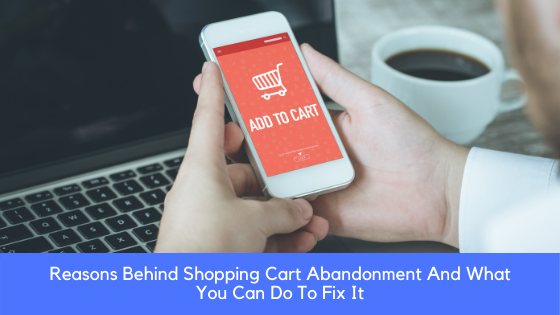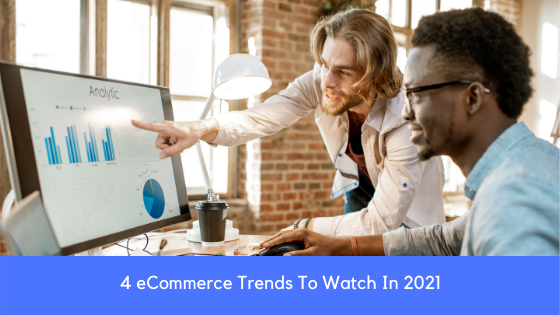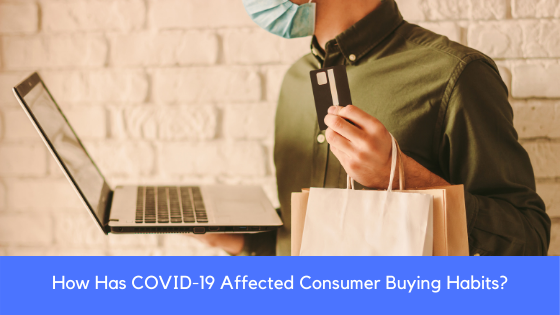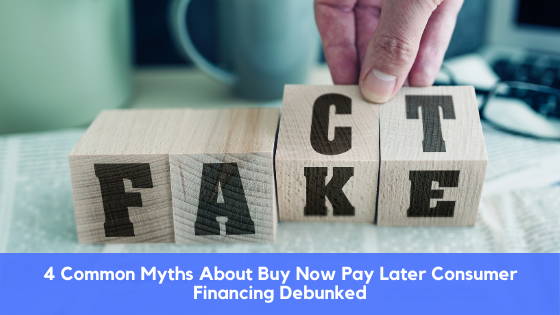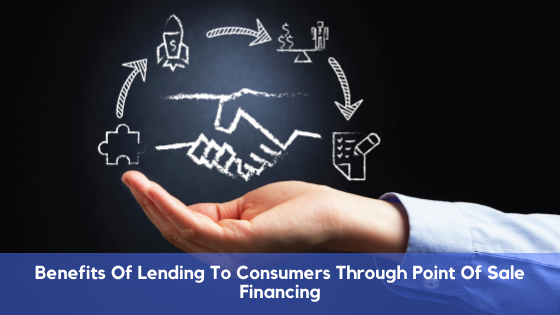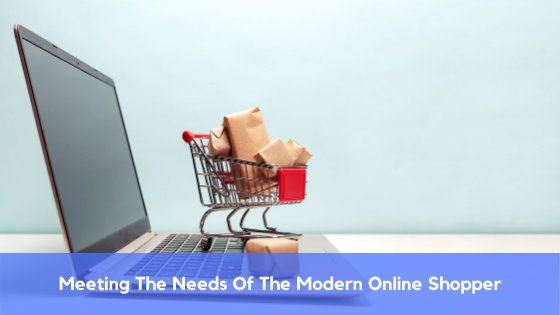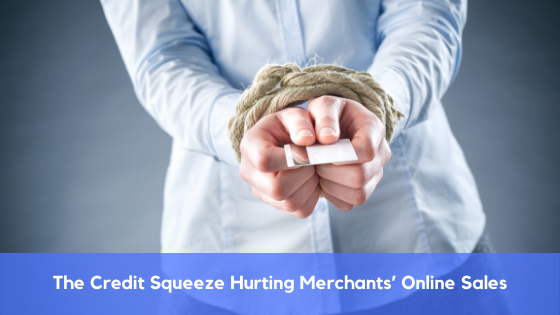Shopping cart abandonment is a problem most retailers are faced with. According to statistics, 88.05% of online orders were abandoned in March 2020. While online purchase conversions are on the rise as a whole, there is still a large number of consumers who don’t convert, causing a significant impact on retailer’s sales.
Exorbitant shipping fees, lack of data security, or not being able to opt-out of signing up are the main reasons shoppers drop off before completing a transaction. Not to mention sticker shock once they reach the final checkout page. The consumers of today have higher expectations for retailers and failing to meet their needs could result in a lot more financial damage to your business. In order to avoid disappointing your shoppers and getting them to convert on your store, you must address the issues that are causing the cart abandonment rates in the first place.
Here are a few ways to get started:
Be More Transparent About Shipping Costs
There is nothing worse than hidden shipping fees. Think about it from a shopper’s perspective. A shopper may see a $40 item and add it to the cart because it is affordable, however, once the cart updates the extra taxes and shipping fees, the $40 item quickly becomes a $65 purchase, which may be well out of their current budget. This will more than likely cause the shopper to exit the cart and leave your store.
In some cases, companies eliminate the shipping costs altogether, however, if you are unable to absorb the cost, bundling the total cost of the product and shipping may be a better tactic. This way the consumer knows the total cost upfront without any surprises in the cart. Another way to help close the sale is to offer free shipping when they purchase a certain amount. For example, offer free shipping overall orders of $200.
If you are unable to lower the shipping costs, then be upfront and completely transparent about the shipping costs on the product page and not the cart page.
Offer More Payment Options And Deals
Customers are becoming more aware of their finances and have also become more price-sensitive to the things they want or need. And let’s face it, there is a lot of competition in the retailer space which means that customers are able to compare prices and do more research to get the best deal for the goods they want. While being transparent about all costs may help, it doesn’t necessarily mean that shoppers won’t abandon their carts. Some customers may even add the products they want to the cart and only return at a later stage once they have the money to complete the transaction. When this happens, giving your shoppers an extra push can help persuade them to seal the deal. This can be done using remarketing, reminder emails, or offering them coupons for their next purchase.
Another effective way to get the sale you want is to offer your shoppers Buy Now, Pay Later solutions from ChargeAfter. Giving your shoppers the choice to purchase their goods without having to pay the full amount upfront or put it on their credit cards goes a long way in putting the buying power back into the hands of your customers.
Bump Up The User Experience
Creating a seamless user experience should be the top priority for any retail or eCommerce store. Shoppers don’t want to have to click on multiple tabs to get the information or products they are looking for. They want an easy and quick way to purchase the goods they want. And the same goes for applying for Buy Now, Pay Later payback plans. The application and approval should take a few minutes to complete. Another factor most customers look at is credibility and security. Payment scams is a reality that floods the internet and anything that triggers a shopper’s suspicion will lead to them abandoning the cart and your site immediately. This can be triggered by outdated layout, lack of information, or unsecure payment methods. To prevent these problems from arising, it is important to address these issues by investing in the design of your website and partnering with reputable payment gateways and Point of Sale Financing partners.
Being more transparent with costs, offering more payment incentives like Buy Now, Pay Later, and improving payment security goes a long way in building credibility and trust with your audience. Addressing these issues will also help drive overall sales and increase average order values (AOV), meaning that you will be able to scale your business and reach your financial milestones with ease.
